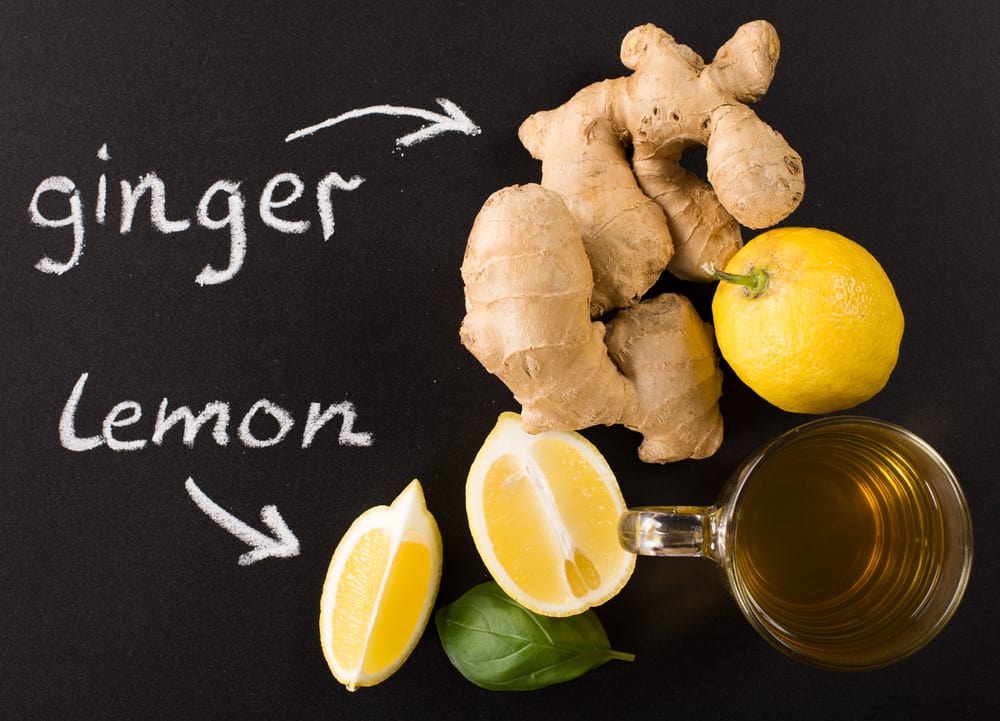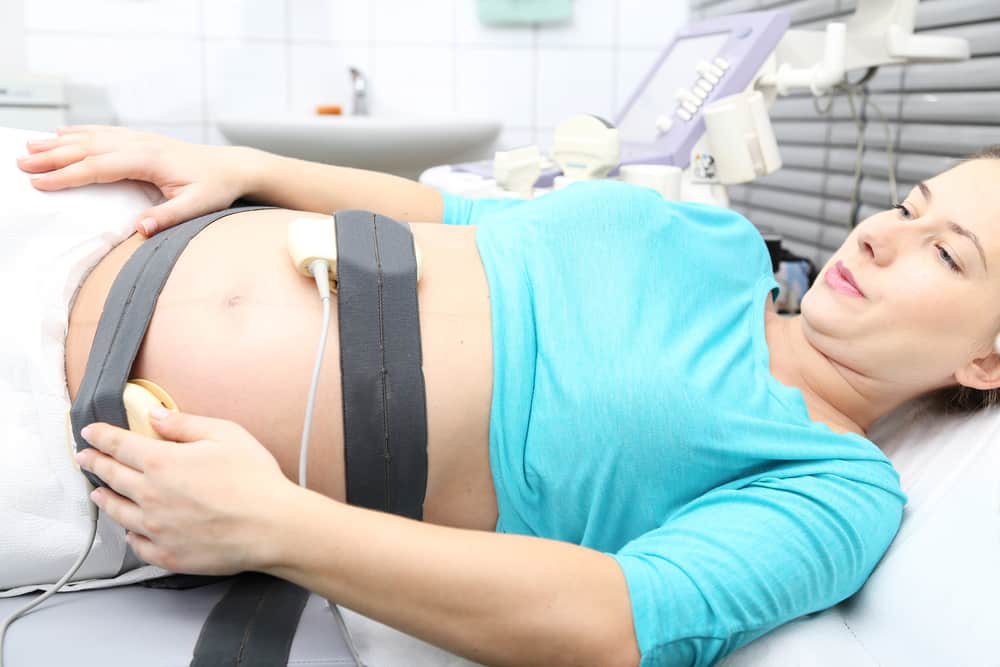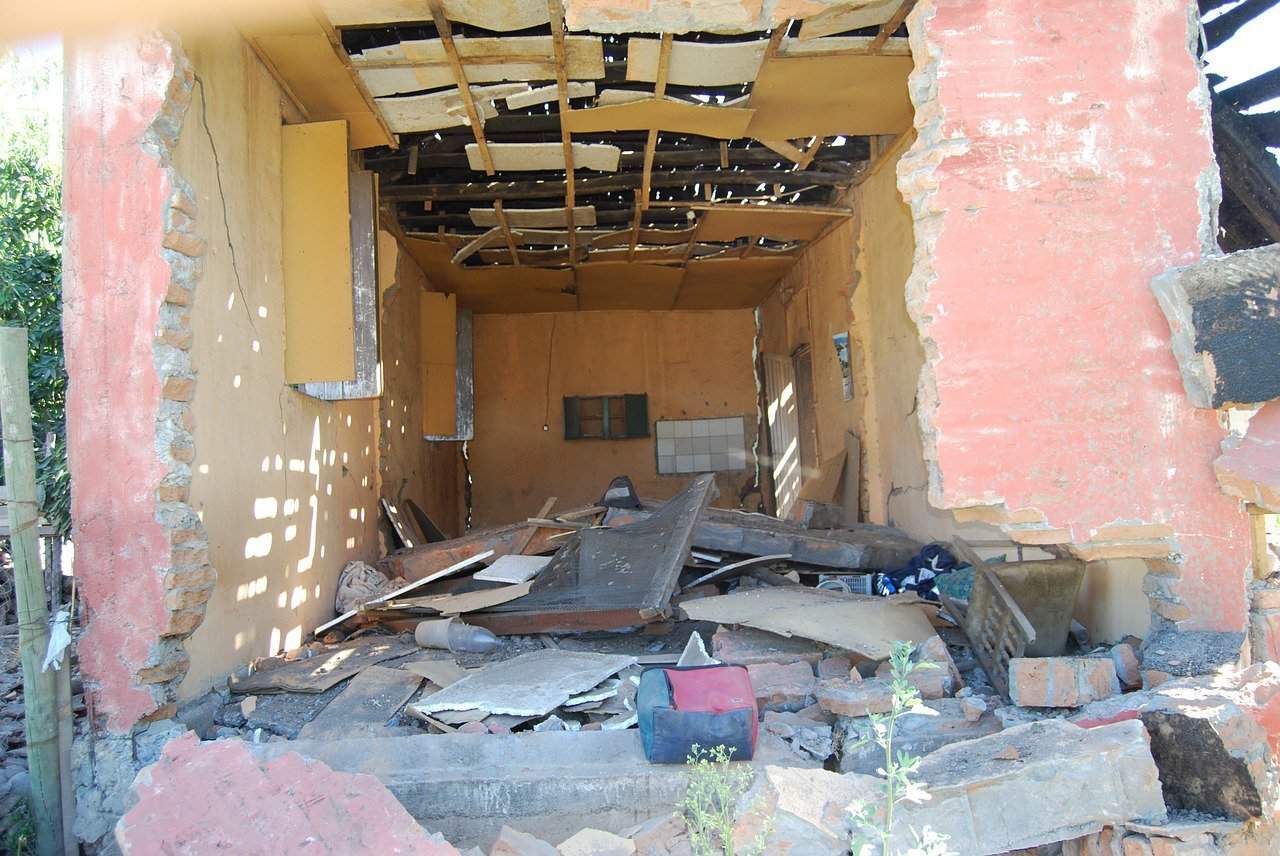Contents:
- Medical Video: How is kidney function related to blood pressure? - Dr. Pallavi Patri
- What is high blood pressure (hypertension)?
- What do kidneys do in your body?
- Then, how can hypertension and kidney disease be related?
- 1. Hypertension causes damage to the arteries, which is one of the important components in the kidney
- 2. Damage to the nephron arteries results in blood not filtering properly
- 3. Damage to the kidneys results in disruption of blood pressure regulation
- What are the signs of people suffering from hypertension and kidney disease?
- How to diagnose kidney disease and hypertension?
- 1. Diagnosis of hypertension
- 2. Diagnosis of kidney disease
Medical Video: How is kidney function related to blood pressure? - Dr. Pallavi Patri
Did you know that kidney disease can cause high blood pressure? Kidneys and blood circulation are two components that depend on one another for your health.
What is high blood pressure (hypertension)?
Blood pressure is the pressure that your blood uses when your heart pumps blood. High blood pressure, or hypertension, means that there is a pressure level that is used by blood that is higher than normal. Many factors cause this to occur, including increased blood volume due to excess fluid in the blood and blood vessels that are narrow or blocked.
The results of a blood pressure test are usually written in two numbers separated by a slash. For example, the medical team writes that your blood pressure is 120/80. The first number shows systolic pressure, which is the pressure on the heartbeat and thrust when blood travels through the blood vessels. While the second number shows diastolic pressure, which is the pressure when a blood vessel is resting between heartbeats.
If you have hypertension, you should consult with your medical team about your blood pressure and how often you should check your blood pressure.
What do kidneys do in your body?
The kidneys are one of the organs in our body that play a role in the excretion system. The kidneys are located under the ribs. Add a pair (one on the left and one on the right), the kidney is shaped like a nut and has the size of a fist. Every day, this pair of kidneys filters around 115 to 140 liters of blood to produce about 1-2 liters of urine which consists of the remains of "garbage" of the body and excess fluid. This urine flows from the kidney to the bladder through a "pipe" called the ureter. In this bladder, urine is stored. When the bladder is empty, it means that urine flows out of the body through another "pipe" called the urethra. The urethra is located under the bladder.
Although the kidneys filter hundreds of liters of water per day, the kidneys actually work at a microscopic level. The kidneys do not work like a large filtering system. Each kidney consists of millions of filtering units called nephrons. Every nephron filters a small amount of blood. This nephron itself consists of a filter called the glomerulus, and tubules. Nephrons work through two stages. In the first stage, the glomerulus filters blood cells and large molecules such as proteins, and allows fluid and remnants of the body to pass through and enter the tubules. In this tubule, minerals in the liquid are filtered to be re-introduced into the bloodstream. So finally, the final product produced is urine released by our body, which consists of the remains of the body's "rubbish" and excess liquid.
Then, how can hypertension and kidney disease be related?
1. Hypertension causes damage to the arteries, which is one of the important components in the kidney
The blood that will be filtered by the kidneys is flowed through the blood vessels around the kidneys, and there is a lot of blood flowing in these blood vessels. Over time, if hypertension is not controlled, it will cause the arteries around the kidney to narrow, weaken, and harden. Damage to the arteries blocks the blood needed by the tissue in the kidneys.
2. Damage to the nephron arteries results in blood not filtering properly
As mentioned earlier, the kidney consists of millions of nephrons which function as a screening unit in the kidneys. These nephrons receive blood supply through the smallest blood vessels (capillaries that are shaped like small hairs) in your body. If this artery is damaged, the nephron does not receive the oxygen and nutrients needed. Until finally, the kidneys lose their ability to filter blood and regulate fluids, hormones, acids, and salt in your body.
3. Damage to the kidneys results in disruption of blood pressure regulation
Healthy kidneys usually produce hormones that can help the body regulate blood pressure. Damage to the kidneys and uncontrolled blood pressure each has a negative impact on each other. With an artery that is impaired and stops functioning, the kidney will experience kidney failure. This process can take years. But fortunately, this disease can be prevented.
What are the signs of people suffering from hypertension and kidney disease?
Usually people who experience high blood pressure have no special signs. But in the case of hypertension which is quite high, the symptoms begin with a headache.
Same is the case with kidney disease. When new kidney disease appears, there are no significant signs. Maybe the patient will experience swelling in the body, or so-called edema, on the feet, soles of the feet, knees, or (though rarely) on the face and hands. This edema occurs because the kidneys cannot remove excess fluid or salt from the body.
Once kidney disease begins to get worse, the following signs appear:
- Loss of appetite
- Nausea
- Throws up
- Drowsiness or feeling tired
- Itching or cramps
- Dry skin
- Headache
- Weight loss
- The skin color becomes darker
- Muscle cramps
- Breath becomes short
- Chest pain
How to diagnose kidney disease and hypertension?
1. Diagnosis of hypertension
The medical team will diagnose high blood pressure with a blood pressure test several times, which is usually repeated when visiting a doctor several times. You will be diagnosed with high blood pressure if your blood pressure is consistently above 140/90. Blood pressure is measured by a device called a sphygmomanometer. You can also buy this tool from a health store to measure your own blood pressure at home.
2. Diagnosis of kidney disease
Kidney disease is diagnosed through urine tests and blood tests.
Urine test
1. Dipstick test for albumin
A dipstick test is performed to detect albumin in the urine. Albumin is a protein in the blood that may not be filtered by the kidneys when the kidney is damaged. The way to do this test is, first, the patient holds their urine in a container that the medical team has prepared. Then the medical team can test this urine sample on the spot or send it to the laboratory for further analysis. This test uses a dipstick, a chemical paper that reacts to protein substances. If the color of the dipstick changes, there is blood or protein contained in the urine.
2. Ratio of albumin and creatinine to urine
The medical team used measurements of albumin and creatinine to determine the ratio between albumin and creatinine in the urine. Creatinine is a product of body remnants in the blood filtered in the kidneys and released in the form of urine. If the ratio of albumin and creatinine is more than 30mg / g, this can indicate kidney disease.
Blood test
This blood test is usually done to determine how much kidney blood can be filtered per minute, which is called the estimated glomerular filtration rate (eGFR). Following are the meanings of eGFR results:
- Your eGFR is 60 or more, meaning your kidneys are functioning normally
- Your eGFR is below 60, meaning your kidneys may have problems
- If your eGFR is 15 or less, it means you may experience kidney failure
READ ALSO:
- 6 Ways to Prevent Kidney Disease If You Have Hypertension
- 5 Facts You Need to Know About Kidney Disease
- Is it Really Too Much to Eat Potatoes Trigger Hypertension?












